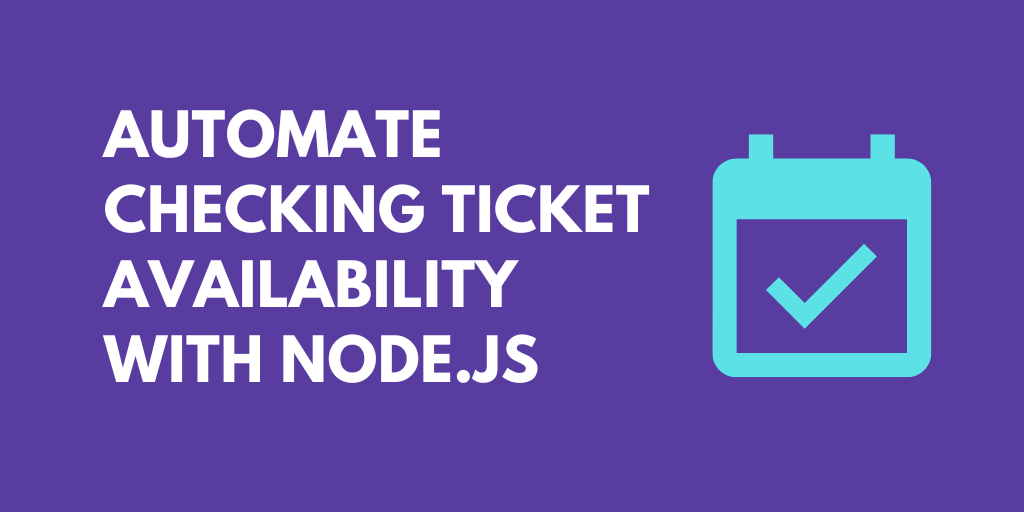What do you want to automate
with InfluxDB Cloud and Node?
Prompt, edit and deploy AI agents that connect to InfluxDB Cloud, Node and 3,000+ other apps in seconds.
Trusted by 1,000,000+ developers from startups to Fortune 500 companies
Popular InfluxDB Cloud and Node Triggers#
Emit new event when a new bucket is created. See the documentation
Emit new event when a new script is created. See the documentation
Emit new event when a new task is completed. See the documentation
Popular InfluxDB Cloud and Node Actions#
Runs a script and returns the result. See the documentation
Write custom Node.js code and use any of the 400k+ npm packages available. Refer to the Pipedream Node docs to learn more.
Updates an existing bucket in InfluxDB Cloud. See the documentation
Write data to a specific bucket in InfluxDB Cloud. See the documentation
Overview of InfluxDB Cloud#
Harness the power of InfluxDB Cloud API on Pipedream to build robust data workflows. InfluxDB Cloud, a time-series database, is ideal for managing high-velocity data and extracting insights in real-time. On Pipedream, you can easily trigger workflows based on InfluxDB data, automate data ingestion, and connect with countless other services to analyze, visualize, and act upon your data.
Connect InfluxDB Cloud#
import { InfluxDB } from '@influxdata/influxdb-client';
import { HealthAPI } from '@influxdata/influxdb-client-apis';
export default defineComponent({
props: {
influxdb_cloud: {
type: "app",
app: "influxdb_cloud",
}
},
async run({steps, $}) {
// See the Node.js client docs at
// https://github.com/influxdata/influxdb-client-js
const influxDB = new InfluxDB(this.influxdb_cloud.$auth.url);
const healthAPI = new HealthAPI(influxDB)
// Execute a health check to test our credentials
return await healthAPI.getHealth()
},
})
Overview of Node#
Develop, run and deploy your Node.js code in Pipedream workflows, using it between no-code steps, with connected accounts, or integrate Data Stores and File Stores
This includes installing NPM packages, within your code without having to manage a package.json file or running npm install.
Below is an example of installing the axios package in a Pipedream Node.js code step. Pipedream imports the axios package, performs the API request, and shares the response with subsequent workflow steps:
Connect Node#
// To use previous step data, pass the `steps` object to the run() function
export default defineComponent({
async run({ steps, $ }) {
// Return data to use it in future steps
return steps.trigger.event
},
})Community Posts#
